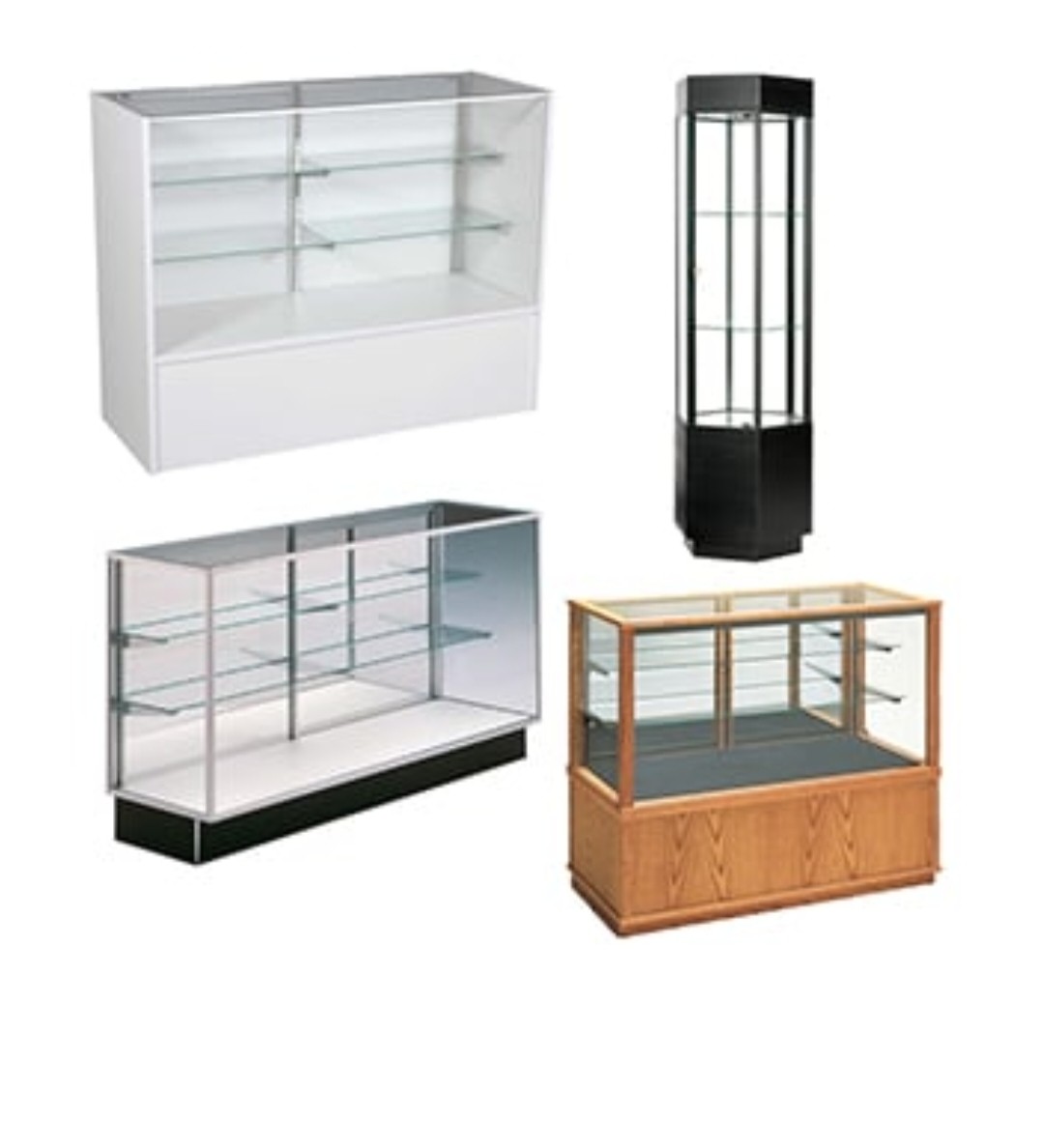As winter approaches, it’s essential to take the necessary steps to protect your pond pump from the upcoming harsh weather conditions. Properly winterizing your pond pump not only extends its lifespan but also ensures the health and safety of your pond ecosystem. In this article, we will provide expert tips for winterizing your pond pump in 2024, helping you prepare for the colder months ahead.
Assessing Your Pond Pump’s Winter Needs
Before you begin the winterization process, assess your pond pump’s specific requirements. Different types of pumps, such as submersible and external pumps, have varying needs when it comes to winter care. Submersible pumps, which sit directly in the water, might need different handling compared to external pumps that are positioned outside the pond. Understanding the specific model and its specifications is crucial for proper maintenance. Additionally, consider the climate of your region.
Areas with milder winters may not require as extensive winterizing measures as regions with severe frost. By knowing your pump and climate, you can tailor the winterization process to best suit your situation.
Furthermore, if your pond houses fish and plants that are sensitive to cold, the steps you take will be different compared to a pond that is primarily decorative. Tailoring your approach ensures you cover all bases, from pump protection to maintaining a healthy pond environment.
Cleaning Your Pond Pump Thoroughly
A clean pond pump operates more efficiently and is less likely to suffer damage during the winter months. Start by disconnecting the pump from the power source and removing it from the pond. Carefully dismantle any removable parts and use a hose to wash away any dirt, algae, or debris.
For more stubborn buildup, use a soft brush and mild detergent to scrub the surfaces gently. Rinse thoroughly to ensure no soap residue remains. Cleaning not only improves performance but also allows you to inspect for any signs of wear or damage that might need attention before storing. This thorough cleaning process removes potential blockages that could cause problems when the pump is restarted in the spring.
After cleaning the exterior, pay attention to the interior components of your pond pump. Disassemble the impeller housing and clean out any debris that may have collected inside. Check the impeller for any signs of wear or damage, as a broken or worn impeller can significantly reduce the efficiency of the pump.
Properly Storing Your Pond Pump
Proper storage is a critical step in winterizing your pond pump. After cleaning, allow the pump to dry completely to prevent moisture from causing corrosion or mold growth. Find a cool, dry place, such as a garage or basement, to store the pump. Ensure it is placed in a location where it won’t be exposed to freezing temperatures.
If you have a submersible pump, store it in a container filled with water to prevent seals from drying out. Keeping your pump in optimal conditions during the winter months will help it function efficiently when it’s time to reinstall it in the spring. Moreover, placing the pump in a padded container can protect it from accidental knocks or damage while in storage.
Winterizing Pond Pump Components
Winterizing involves more than just the pump itself; it’s essential to address all related components. Check the tubing, filters, and other accessories for any signs of wear or damage. Replace any worn parts to avoid complications when reassembling the pump in the spring. Insulate any exposed piping to protect against freezing. If your pond has a waterfall or fountain feature, consider turning it off and draining the lines to prevent ice damage. Ensuring that all components are winterized will help maintain the overall health of your pond system. Additionally, consider using a pond cover to keep debris and falling leaves out of the water, which can reduce the workload on your pump and filtration system.
Pay special attention to any electrical components connected to your pond pump. Inspect power cords for any signs of fraying or damage and ensure all electrical connections are secure and weatherproof. It might be beneficial to use a ground fault circuit interrupter (GFCI) outlet to protect against electrical shocks.
Monitoring Your Pond During Winter

Even after winterizing your pond pump, it’s important to monitor your pond throughout the winter months. Regularly check the water level to ensure it remains adequate for aquatic life. In areas prone to freezing temperatures, use a pond heater or de-icer to maintain an open area on the surface, allowing for gas exchange and preventing the water from becoming completely iced over. This helps keep your fish and plants healthy and minimizes the risk of damage to your pond infrastructure. Keeping an eye on your pond ensures that any potential issues are addressed promptly, avoiding more significant problems when spring arrives.
In addition to monitoring the water level, observe the condition of the water and the behavior of any aquatic life. Clear water that is free from excessive algae or debris indicates a well-maintained pond. If you notice any unusual behavior in your fish, such as sluggishness or staying near the surface, it may indicate poor water quality or insufficient oxygen levels. Taking corrective action, such as adding an aerator, can improve conditions.
Conclusion
Winterizing your pond pump is a vital part of pond maintenance that ensures the longevity and efficiency of your pump while safeguarding the well-being of your pond ecosystem. Following these expert tips for winterizing your pond pump in 2024 will help you enjoy a thriving pond year-round. Taking these proactive steps not only protects your investment but also contributes to a healthier and more enjoyable pond environment when the warmer weather returns.



